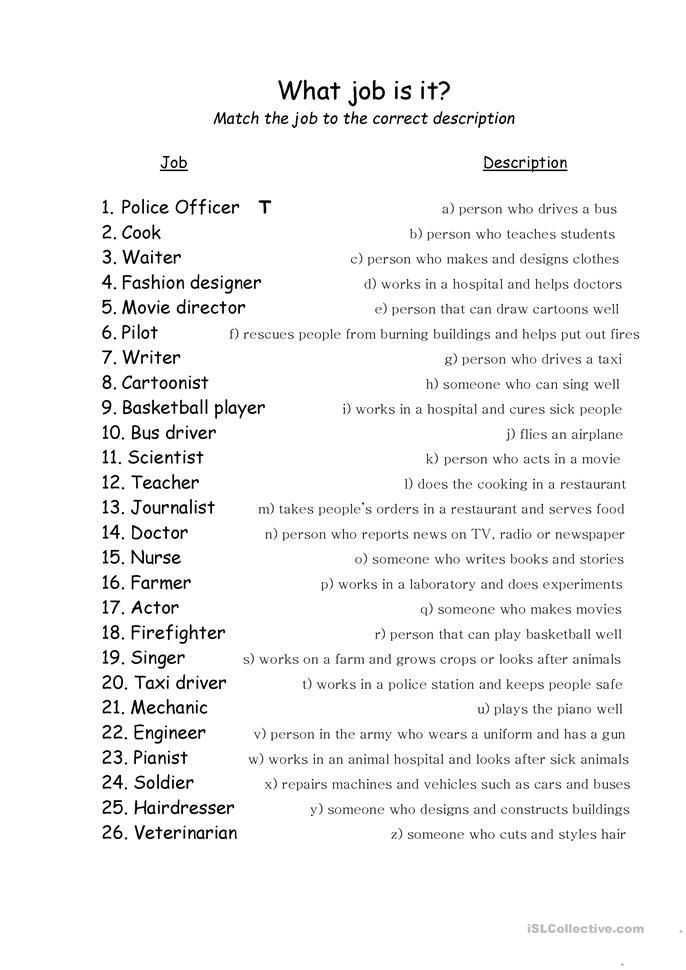Inside the head
Is consciousness inside your head or is the world inside consciousness?
image: iStock / GettyHave you ever been in love? Do you recall what it feels like? What about the experience of joy? What was that like? I’m guessing you’re familiar with the experience of physical pain too.
Neuroscience can tell you exactly what your brain is doing while you feel love, joy, or pain. We know which areas light up, where signals transmit to and from.
But that’s not the same as having the first person felt experience of love, joy, or pain, what it is like.
Herein lies one of the hard problems in science, understanding what consciousness is and where it comes from. In fact, it’s even known as ‘The hard problem of consciousness’, a term coined by philosophy professor, David Chalmers, one of the most respected philosophers alive today.
Yet, to most of us, and to most scientists, it’s assumed that consciousness arises in the brain. And I say assumed because the matter is very far from settled. Professional philosophers, whose job it is to think about these sorts of things, still debate it hotly.
Most of us have simply learned to accept the idea because it works for all practical purposes (FAPP). That’s a term often used in science. It doesn’t necessarily mean that something is correct, only that it seems to work.
The notion that consciousness is produced by the brain is generally known as materialism, or physicalism. To materialists, consciousness is just something that we have, that we use to analyse and interpret the world.
But the root of the hard problem, according to Phillip Goff, professor of philosophy at Durham university, goes back to Galileo.
In his book, ‘Galileo’s Error’, he points out that Galileo made mathematics the language of science, which meant that there were no ‘words’ in science to describe anything subjective, like consciousness, mind, soul. Anything that couldn’t be measured or quantified in the language of science didn’t exist according to the scientific method.
We still hold this to be generally true today.
And it’s worked well for all practical purposes because it’s led to incredible medical and technological developments. The fact you’re reading this now means you have a computer or smartphone, which have ultimately been created thanks to a mathematical understanding of the laws of physics. But it also means we’ve never had the ‘words’ (in math) to discuss some of the deeper, personal questions we all have – spiritual ones.
And so we generally give short shrift in science to anything that isn’t physically measurable, like consciousness. In fact, we have no way to measure it at all. And so for most of us, we just ignore the hard problem because it doesn’t seem to matter all that much.
But to many it does matter, and quite a lot. Some of the most important questions that matter to us, that drive many of us at the deepest level, are “Who am I?”, “Why am I here?”, “What is my purpose?”, “What is the meaning of life?”
In making mathematics the language of science, Galileo’s error meant that we have no way in science to discuss these deeper questions, and so they have been mostly ignored, or left to religious leaders and philosophers to debate while science gets on with more seemingly serious business.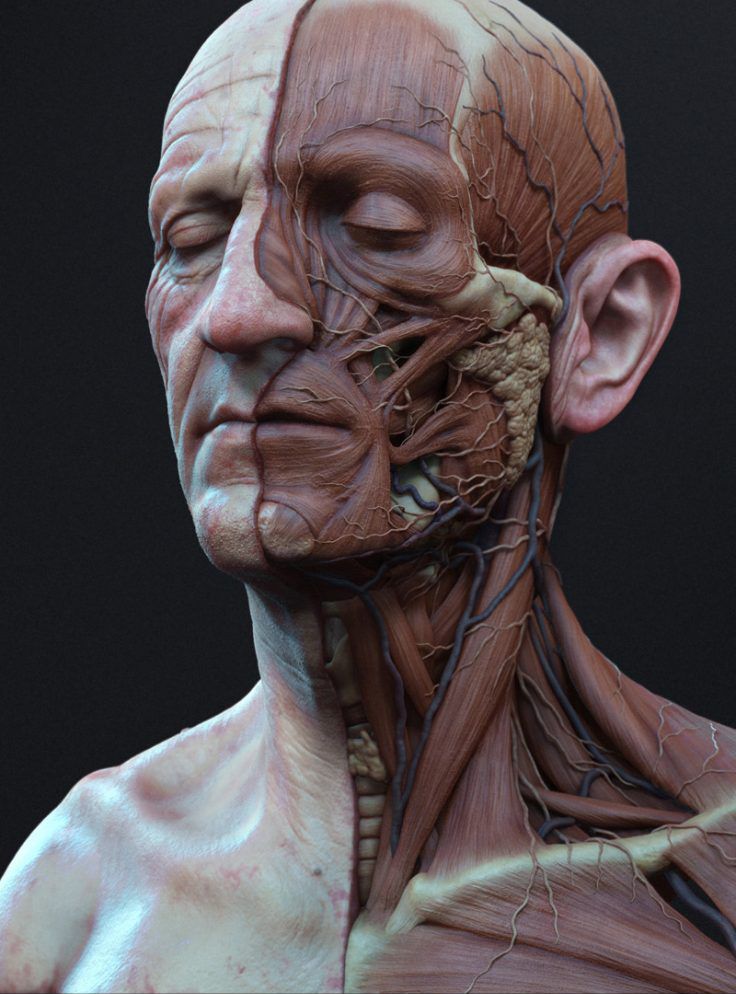
And yet, if we could answer these questions, perhaps our world might be a little different. Perhaps there would be more happiness, less anxiety and depression, and more people with a sense of purpose and contentment, comfortably rested on foundations of knowing who we are and why we exist.
The relegation of consciousness led to materialism. And materialism works for all practical purposes. But it’s also probably wrong! That’s according to a number of professional philosophers.
There are other things that also work for all practical purposes and that are also wrong.
Take gravity, for example. Most of us assume that gravity is a force that pulls objects down. We’re all familiar with the story of the apple that fell on Isaac Newton’s head that resulted in his theory of gravity. And thinking of gravity as a force works for a huge number of practical purposes in science and engineering.
But gravity isn’t a force. That much wasn’t understood until Einstein wrote his General Theory of Relativity in 1915.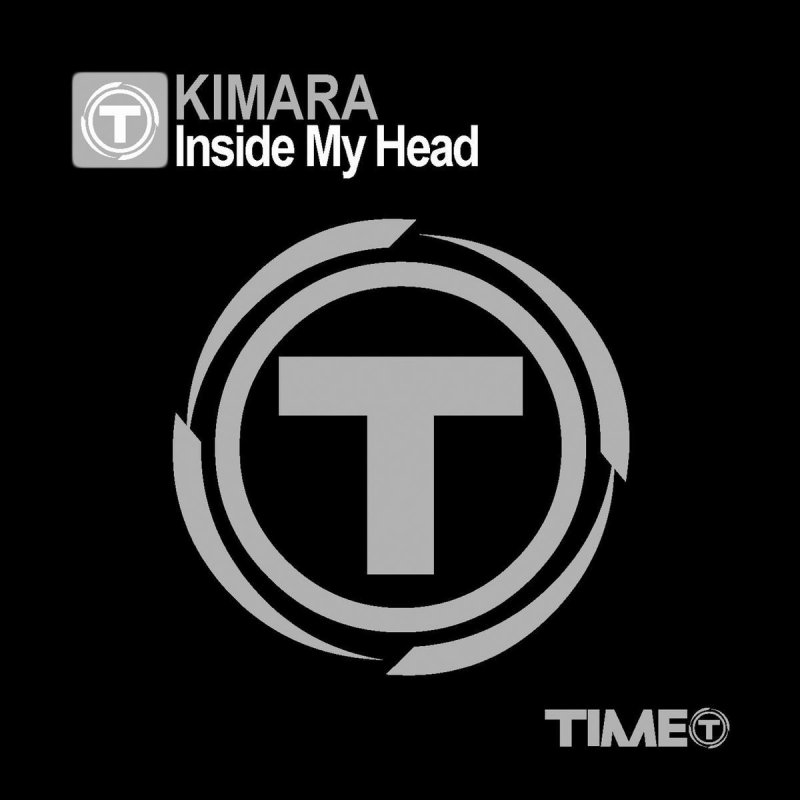 Gravity results from the shape of spacetime. Here’s a good analogy.
Gravity results from the shape of spacetime. Here’s a good analogy.
If you roll a marble over a trampoline, of the sort that many parents have in their gardens that their kids play on, it will follow a straight line. But if you put something on top of the trampoline at its centre, so heavy that it stretches most of the way to the ground, and then roll the marble, it no longer goes straight.
In fact, if you roll it anywhere on the trampoline it will go around in a circle and eventually spiral down to the heavy object at the centre.
Gravity works like that. Stars and planets are the heavy objects and it’s not the fabric of a trampoline that stretches, but the invisible fabric of space and time. Earth (and the other planets) follows a circle around the sun because it’s falling in towards the Sun on the spacetime trampoline, but its speed compensates for the fall, meaning it just goes around the Sun in a circle every 365.25 days.
The reason you land back on the ground when you jump up isn’t because gravity is a force that pulls you down, but because you slide down the fabric of spacetime towards Earth like a marble rolling on the trampoline.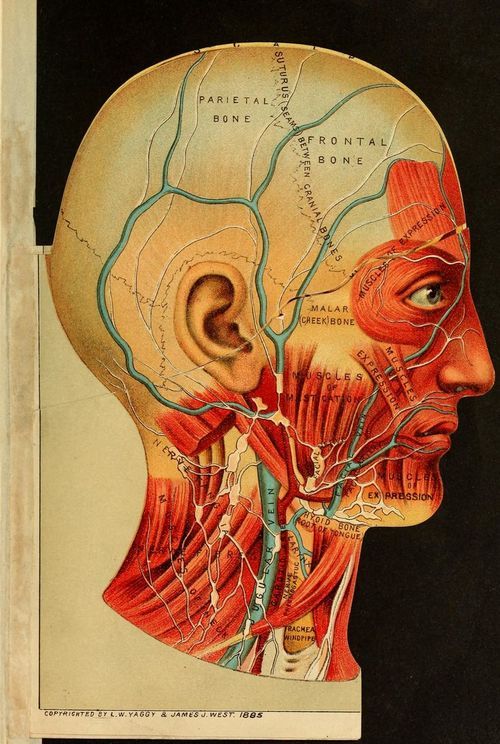
To think of gravity as a force works for all practical purposes, but like materialism (probably), it’s also wrong.
Quantum physics has arrived at something similar to the hard problem. Looking inside any object reveals that it’s made of atoms.
For example, inside your brain are neurons, which are made of molecules like proteins, lipids, and contain DNA, all of which are made of atoms.
Now, if you look inside an atom, it is composed of protons, neutrons, and electrons. That’s the bit we learn in school.
The bit you learn at university is that protons and neutrons are composed of quarks and these are held together by gluons. At the deepest level of our scientific understanding, the particles that make up everything in our physical world, including you and I, are quarks, gluons, and electrons.
But what are they? Asking that question in a 2021 New Scientist magazine special edition, in an article titled, ‘What is Reality?’, physics Nobel laureate Sir Roger Penrose wrote that, “The best we can do at this stage is refer to the mathematical equations that they satisfy,” and that what they actually are “is a notion that can only be understood in terms of the mathematics used to describe them. ”
”
In other words, he pointed out, we know what these fundamental components of reality do, but we don’t know what they are. We don’t know anything about their intrinsic nature.
Scale things up and we meet the hard problem of consciousness. We know what the brain, ultimately composed of quarks, gluons, and electrons, is doing while you have an experience, but we can’t account for what the experience is, what it’s like. What the brain does is not the same as having the felt experience.
Perhaps we have been going about things in the wrong way.
Indeed, some physicists, like Lee Smolin, a theoretical physicist at the Perimeter Institute for Theoretical Physics in Waterloo, Canada, in trying to solve the 100-year problem of the disconnect between relativity (gravity) and quantum mechanics, have recently been considering if consciousness is intrinsic to reality, and many philosophers are entertaining a similar possibility.
Panpsychism is the idea that all matter has experience.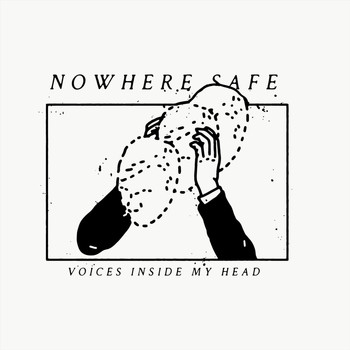 Quarks have soul, so to speak. This is not to suggest that a quark in an atom on my sofa enjoys watching Star Trek with me, but that it has some rudimentary experience, albeit vastly less complex than my own.
Quarks have soul, so to speak. This is not to suggest that a quark in an atom on my sofa enjoys watching Star Trek with me, but that it has some rudimentary experience, albeit vastly less complex than my own.
Panpsychists hold that it’s the combination of trillions upon trillions of particles forming complex organisms that give rise to human consciousness, animal consciousness, plant consciousness, and insect consciousness.
But it also means that everything is conscious to one degree or another, including rocks, crystals, water, clouds, planets, stars, galaxies, and even the whole universe, since everything is made of particles, each of which has experience.
It’s getting our heads around these things that has caused many to poke fun at panpsychism for so long and not take it seriously. However, in the world of academic philosophy, it is taken very seriously. It solves the hard problem of consciousness.
Consciousness doesn’t arise from the brain. The atoms in the brain already have conscious experience. It’s the combination of trillions of them, according to Panpsychists, that give rise to what we recognise as human consciousness.
It’s the combination of trillions of them, according to Panpsychists, that give rise to what we recognise as human consciousness.
Another idea that is taken seriously by some philosophers is Idealism. Here, consciousness is the fundamental component of reality such that everything that exists is merely an appearance of consciousness.
Just like light appears in different colours when it shines through raindrops to give us rainbows, so consciousness appears in a variety of different forms and colours. To Idealists, consciousness is infinite and appears in an infinite variety of forms, like people, animals, plants, insects, mountains, oceans, clouds, planets, galaxies, and universes.
If I were to place my cards on the table, I’d say that I believe that consciousness is the fundamental constituent of reality (Idealism), but that all things also therefore have conscious experience (Panpsychism), so for me, the answer lies somewhere between the two.
Experience is natural. It’s the most basic thing. Love, joy, pain, these things are natural.
It’s the most basic thing. Love, joy, pain, these things are natural.
Knowing what the brain is doing while you feel in love doesn’t mean that the brain is creating consciousness, but simply gives us a picture of how it appears during the experience. The brain’s changing state reflects the changing state of conscious, and unconscious, experience.
So what does all this mean for you and I?
Perhaps it’s not what you do in life that matters, but the experience of it. It’s not the destination that’s most important, but what the journey is like.
Seek out experience, then. Try new things.
Love, laugh, play.
Live life. Experience it, grab hold of it.
Hug your loved ones.
Be kind.
Smile at strangers in the street.
Breathe in the air. Feel what it’s like.
Paint a picture.
Sing a song.
Inhale each moment.
Experience the now.
Live your life!
Maybe that’s the point.
——
More >>> If you want to read more about this topic, read chapter 8 of my book, ‘Why Woo-Woo Works’, David R Hamilton PhD (Hay House, London, 2021).
Flipping a Switch Inside the Head : Seek
Ready your tinfoil hats—mind control is not as far-fetched an idea as it may seem. In Jeffrey M. Friedman’s laboratory, it happens all the time, though the subjects are mice, not people.
Friedman and his colleagues have demonstrated a radio-operated remote control for the appetite and glucose metabolism of mice—a sophisticated technique to wirelessly alter neurons in the animals’ brains. At the flick of a switch, they are able to make mice hungry—or suppress their appetite—while the mice go about their lives normally. It’s a tool they are using to unravel the neurological basis of eating, and it is likely to have applications for studies of other hard-wired behaviors.
Friedman, Marilyn M. Simpson Professor, has been working on the technique for several years with Sarah Stanley, a former postdoc in his lab who now is assistant professor at the Icahn School of Medicine at Mount Sinai, and collaborators at Rensselaer Polytechnic Institute. Aware of the limitations of existing methods for triggering brain cells in living animals, the group set out to invent a new way. An ideal approach, they reasoned, would be as noninvasive and non-damaging as possible. And it should work quickly and repeatedly.
Aware of the limitations of existing methods for triggering brain cells in living animals, the group set out to invent a new way. An ideal approach, they reasoned, would be as noninvasive and non-damaging as possible. And it should work quickly and repeatedly.
Although there are other ways to deliver signals to neurons, each has its limitations. In deep-brain stimulation, for example, scientists thread a wire through the brain to place an electrode next to the target cells. But the implant can damage nearby cells and tissues in ways that interfere with normal behavior. Optogenetics, which works similarly but uses fiber optics and a pulse of light rather than electricity, has the same issue. A third strategy—using drugs to activate genetically modified cells bred into mice—is less invasive, but drugs are slow to take effect and wear off.
The solution that Friedman’s group hit upon, referred to as radiogenetics or magnetogenetics, avoids these problems. With their method, published last year in Nature, biologists can turn neurons on or off in a live animal at will—quickly, repeatedly, and without implants—by engineering the cells to make them receptive to radio waves or a magnetic field.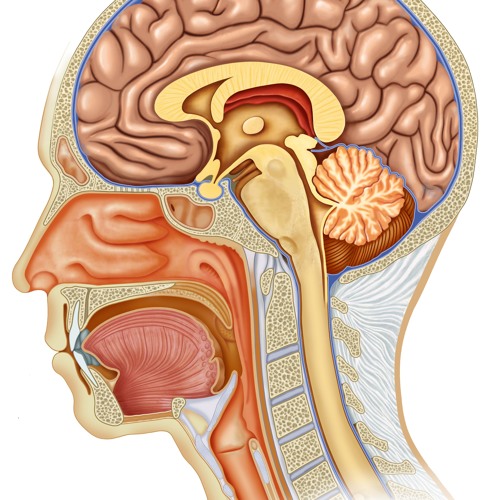
“In effect, we created a perceptual illusion that the animal had a drop in blood sugar.”
“We’ve combined molecules already used in cells for other purposes in a manner that allows an invisible force to take control of an instinct as primal as hunger,” Friedman says.
The method links five very different biological tools, which can look whimsically convoluted, like a Rube Goldberg contraption on a molecular scale. It relies on a green fluorescent protein borrowed from jellyfish, a peculiar antibody derived from camels, squishy bags of iron particles, and the cellular equivalent of a door made from a membrane-piercing protein—all delivered and installed by a genetically engineered virus. The remote control for this contraption is a modified welding tool (though a store-bought magnet also works).
The researchers’ first challenge was to find something in a neuron that could serve as an antenna to detect the incoming radio signal or magnetic field. The logical choice was ferritin, a protein that stores iron in cells in balloon-like particles just a dozen nanometers wide.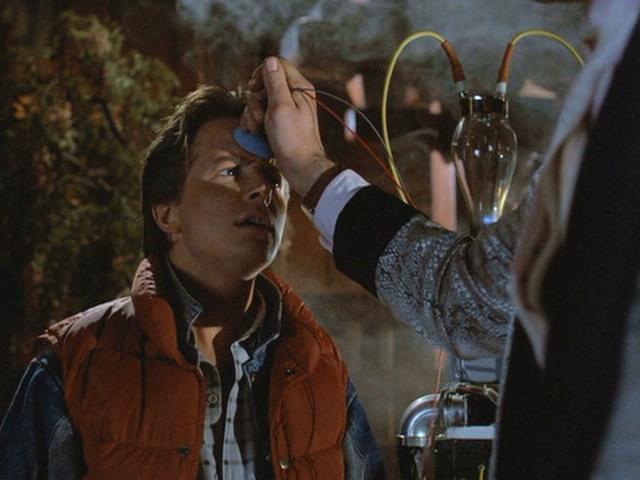 Iron is essential to cells but can also be toxic, so it is sequestered in ferritin particles until it is needed. Each ferritin particle carries within it thousands of grains of iron that wiggle around in response to a radio signal, and shift and align when immersed in a magnetic field. We all have these particles shimmying around inside our brain cells, but the motions normally have no effect on neurons.
Iron is essential to cells but can also be toxic, so it is sequestered in ferritin particles until it is needed. Each ferritin particle carries within it thousands of grains of iron that wiggle around in response to a radio signal, and shift and align when immersed in a magnetic field. We all have these particles shimmying around inside our brain cells, but the motions normally have no effect on neurons.
Friedman’s team realized that they could use a genetically engineered virus to create doorways into a neuron’s outer membrane. If they could then somehow attach each door to a ferritin particle, they reasoned, they might be able to wiggle the ferritin enough to jostle the door open. “The ‘door’ we chose is called TRPV1,” says Stanley. “Once TRPV1 is activated, calcium and sodium ions would next flow into the cell and trigger the neuron to fire.” The bits borrowed from camels and jellyfish provided what the scientists needed to connect the door to the ferritin (see How to outfit a brain sidebar, right).
Once the team had the new control mechanism working, they put it to the test. For Friedman and Stanley, whose goal is to unravel the biological causes of overeating and obesity, the first application was obvious: Try to identify specific neurons involved in appetite. The group modified glucose-sensing neurons—cells that are believed to monitor blood sugar levels in the brain and keep them within normal range—to put them under wireless control. To accomplish this, they inserted the TRPV1 and ferritin genes into a virus and—using yet another genetic trick—injected them into the glucose-sensing neurons. They could then fiddle with the cells to see whether they are involved, as suspected, in coordinating feeding and the release of hormones, such as insulin and glucagon, that keep blood glucose levels in check.
Once the virus had enough time to infect and transform the target neurons, the researchers switched on a radio transmitter tuned to 465 kHz, a little below the band used for AM radio.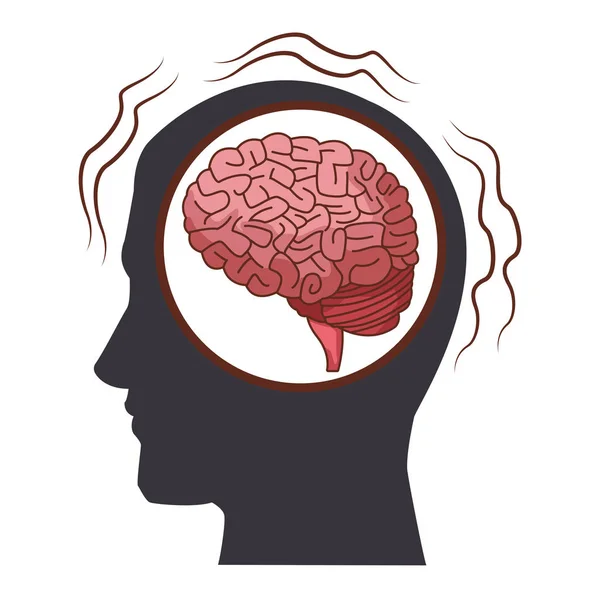
The neurons responded. They began to fire, signaling a shortage of glucose even though the animal’s blood sugar levels were normal. And other parts of the body responded just as they would to a real drop in blood sugar: insulin levels fell, the liver started pumping out more glucose, and the animals started eating more. “In effect,” Friedman says, “we created a perceptual illusion that the animal had low blood glucose even though the levels were normal.”
Inspired by these results, the researchers wondered if magnetism, like radio waves, might trigger ferritin to open the cellular doors. It did: When the team put the mice cages close to an MRI machine, or waved a rare-earth magnet over the animals, their glucose-sensing neurons were triggered.
Stimulating appetite is one thing. Could they also suppress it? The group tweaked the TRPV1 gene so it would pass chloride, which acts to inhibit neurons. Now when they inserted the modified TRPV1 into the neurons, the rush of chloride made the neurons behave as if the blood was overloaded with glucose. Insulin production surged in the animals, and they ate less. “This seems to indicate clearly that the brain as well as the pancreas is involved in glucose regulation,” Friedman says.
Insulin production surged in the animals, and they ate less. “This seems to indicate clearly that the brain as well as the pancreas is involved in glucose regulation,” Friedman says.
Friedman and Stanley hope that biologists will be able to use the remote-control system to tackle a range of neural processes other than appetite. And beyond being a basic research tool, the method could potentially lead to novel therapies for brain disorders.
For example, one could imagine using it to treat Parkinson’s disease or essential tremor—conditions that are sometimes treated by deep brain stimulation, via wires implanted into patients’ brains and connected to a battery pack tucked into the chest. Potentially, it would be less invasive to inject the crippled virus into the same spot of the brain and let it permanently modify the cells there, making them responsive to wireless control.
In theory, it might also be possible to make a patient’s own cells receptive to electromagnetic waves by removing them from the body, delivering TRPV1 and ferritin, and then putting the cells back, Friedman says. This would be a protocol not unlike those currently used in stem cell treatments and some cancer immunotherapies, in which patients’ own cells are engineered and reimplanted back into their bodies.
This would be a protocol not unlike those currently used in stem cell treatments and some cancer immunotherapies, in which patients’ own cells are engineered and reimplanted back into their bodies.
At this point, however, the system’s clinical usefulness is a question of speculation. “We are a long way from using it in humans for medical treatments,” Friedman says. “Much would need to be done before it could even be tested.”
Illustration by Ellen Weinstein6 types of headache: diagnosis and treatment
We are often asked what research is best done for headaches. It all depends on what is causing the problem. Even the most experienced doctor without a diagnosis (and in the case of a headache it is always an MRI) will not tell you the cause with 100% accuracy. However, he can understand from your symptoms exactly where to look for the root of all troubles.
There are 6 main types of pain:
1. Sinus.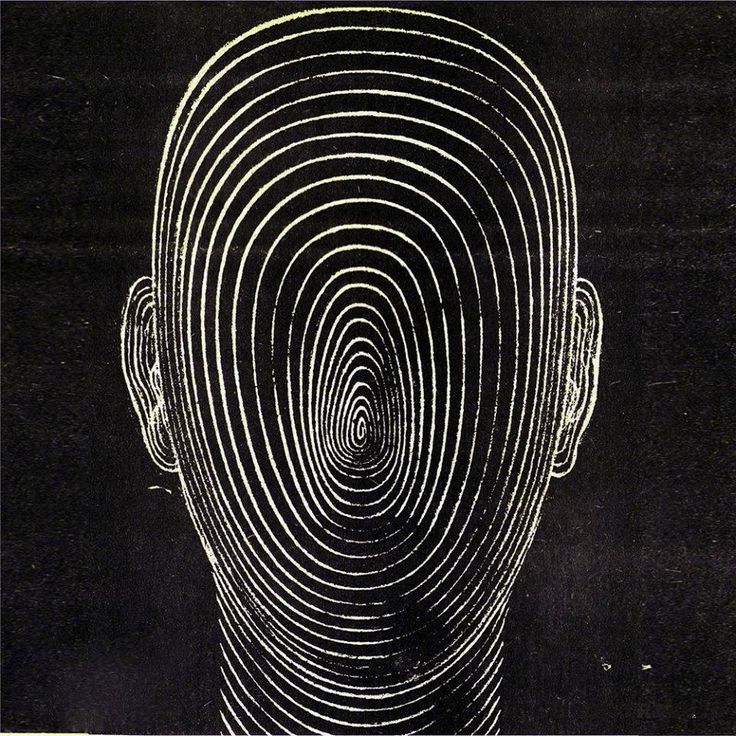
This is a sharp, severe pain in the region of the brow ridges, nose and cheekbones. Often appears in conjunction with a cold, flu, or seasonal allergies.
Cause in the sinuses - they are irritated, inflamed, swollen and/or filled with mucus, hence the discomfort. The pain will disappear after recovery.
People with similar symptoms are usually referred to an ENT. He will prescribe an MRI of the sinuses, according to the results, he will prescribe a course of antibiotics, antihistamines and decongestants. And if the disease has already progressed greatly, and pus has accumulated in the sinuses, then it can make a puncture and remove all the “trash” manually.
2. Cluster.
Rare, affecting only 1 in 1,000 people, and more common in men than women. This is an attack of very severe pain or burning in the eye area that lasts from 30 minutes to 3 hours. It repeats every day at the same time.
The torment may pass in a week, may linger for 3 months, and sometimes last for years.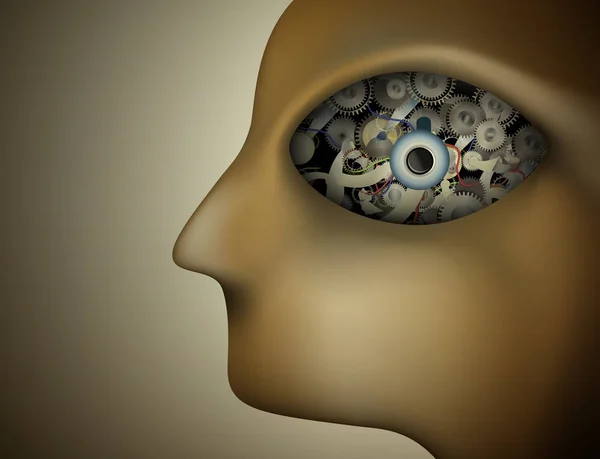 Fortunately, there are medications that can help. Special breathing and relaxation techniques can also relieve pain and have been shown to increase the time between attacks and make them less frequent.
Fortunately, there are medications that can help. Special breathing and relaxation techniques can also relieve pain and have been shown to increase the time between attacks and make them less frequent.
The source of problems is hidden deep in the brain. This is a pair of symmetrical trigeminal nerves that are responsible for sensations of heat or pain in the face. The root of the nerve is located on the side of the eye, and branches run along the forehead, cheek, and from the chin to the area above the ear on one side of the face. To diagnose problems with the trigeminal nerves, your doctor will refer you to an MRI scan called "neurovascular conflict."
3-4. Headache from stress and tension.
As the name implies, this pain is caused by stress or tension (usually in the neck and shoulders). It is associated with strong psychological stress, poor posture, the habit of clenching your jaw and grinding your teeth, bright lights and, which is completely unfair, sitting at a computer for a long time.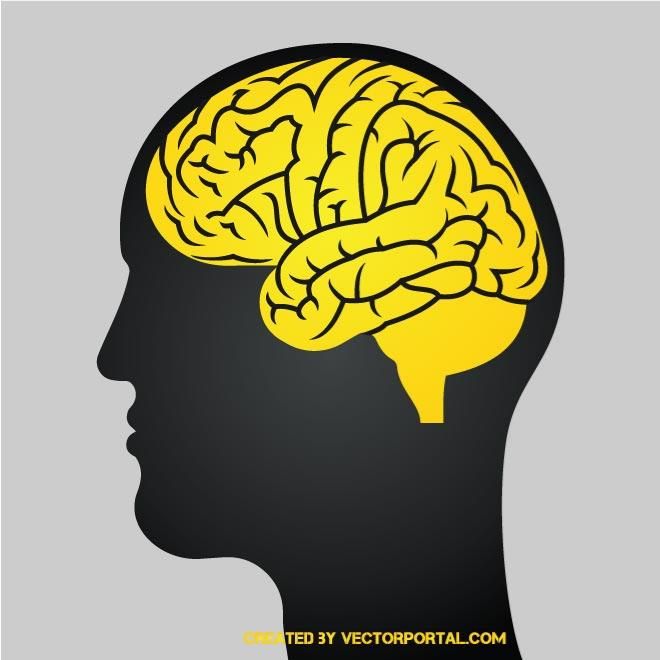
You can recognize this headache by the following signs:
1. It is symmetrical, that is, it is felt on both sides of the head or neck.
2. It is dull and obsessive, but not very strong, rather medium or even weak in intensity.
3. As if something is pressing or squeezing the hoop on the head, especially in the region of the forehead and the back of the head.
4. Normal movement of the head prevents pain and discomfort in the muscles.
5. Sensitivity to light and noise.
6. Insomnia and distraction.
7. Often occurs against the background of depression and feelings of longing.
This pain is relatively easy to manage. Rest, physical and mental, massages, posture correction will help to correct the situation. However, first you need to exclude some serious diseases with similar symptoms and understand whether it is stress or a problem with the cervical spine. As a rule, in this case, neurologists refer patients to the "Head and Neck" complex, which includes as many as 5 studies: the brain, arteries and veins of the brain, cervical region and arteries of the neck.
5. Migraine.
Severe throbbing pain - usually in one side of the head. Often accompanied by nausea, vomiting, and sensitivity to light and noise.
Migraine lasts for hours or even days and is so unbearable that the person cannot even get out of bed.
The aura often becomes a harbinger of seizures. These are flashes of light, blind spots or tingling/numbness in the face, arm or leg, loss of smell.
Migraine is now treated with medication and lifestyle changes. To make a diagnosis and prescribe medication, the doctor will ask you to bring the results of the MRI complex "brain + brain arteries + brain veins".
6. TMJ syndrome.
Headaches are a side effect of problems with the temporomandibular joint, which connects the lower jaw to the skull. Thanks to this joint, we can move the jaw up and down and left and right, speak, chew and yawn.
TMJ syndrome can be identified by the following signs:
1. Pain or discomfort in the jaw, around the ear, in the neck and shoulders when you eat, speak or open your mouth wide.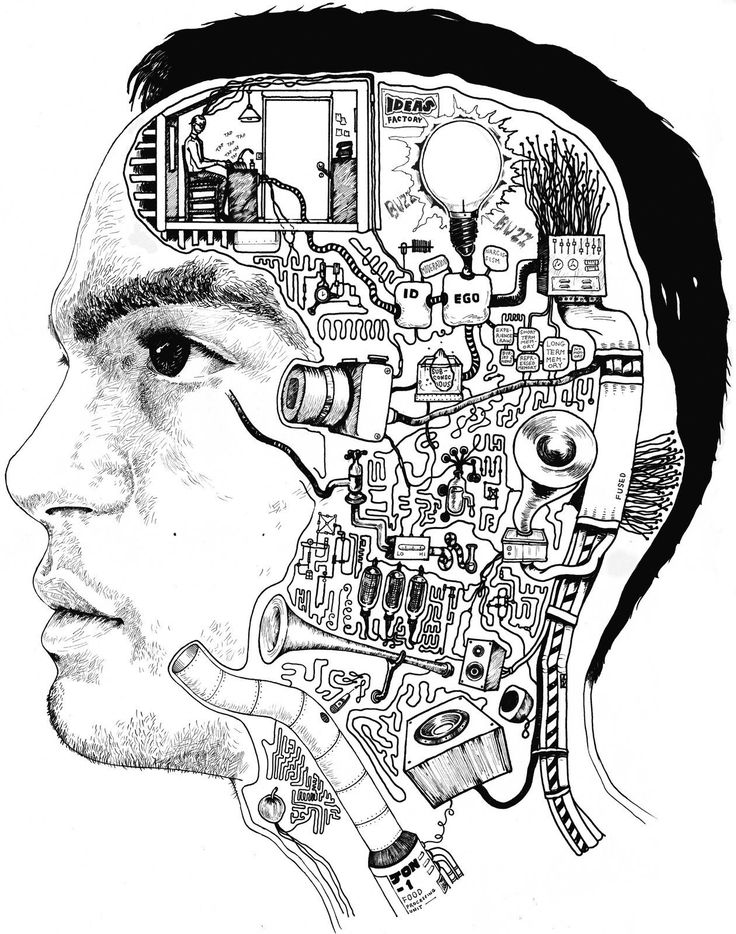
2. It is difficult to open or close the mouth, when chewing there is a feeling as if the lower and upper jaw do not match.
3. Clicks or grinding when moving the jaw.
4. Swelling on one side of the face.
In some cases, any of the above may be accompanied by toothache or pain in the neck and shoulders, pain and ringing in the ears, dizziness, hearing loss. Diagnosis of the syndrome is carried out using MRI of the temporomandibular joint.
Whichever of these types of pain you suspect, you should not self-medicate. There are many nuances in neurology that only a professional can take into account. In the event that you do not have your own proven doctor or if you want to get a second opinion, neurologists with 20 years of experience (including a candidate of sciences) work in the Moscow MRI Centers.
Health and good luck!
how they differ and what they talk about
Headache can become chronic and significantly spoil life, affecting a person's working capacity and normal functioning in society.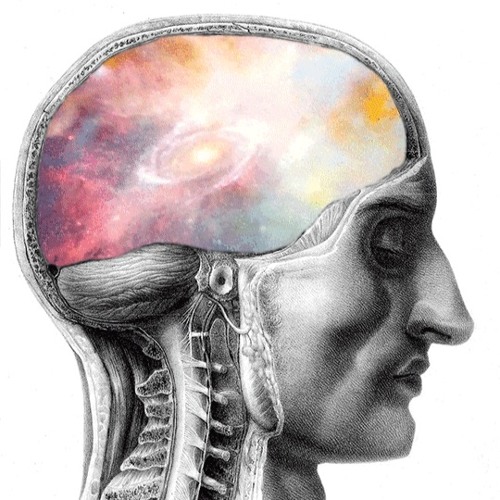 Few people know, but there are different types of headaches , which differ from each other both in causes and in methods of treatment. What are the types of headaches and their causes and also signs of a headache we tell in the article.
Few people know, but there are different types of headaches , which differ from each other both in causes and in methods of treatment. What are the types of headaches and their causes and also signs of a headache we tell in the article.
Why is headache so dangerous?
Almost all types of headaches activate the same pain receptors. This can make it difficult to know if your headache is a sign of a serious condition or not. The most serious causes of headache include:
- hemorrhagic (bleeding) stroke. A hemorrhagic stroke happens when a blood vessel in your brain ruptures and bleeds;
- aneurysm. Bulging or swelling of a blood vessel in the brain;
- meningitis. A bacterial or viral infection that causes swelling of the protective lining of the brain;
- brain tumor. A "primary" brain tumor starts in the brain and can be malignant or benign.
To understand whether your headache is dangerous, it is important to understand the types of headaches, their causes, and how to get rid of the headache.
Types of headaches
Headaches are caused by signals interacting between the brain, blood vessels, and surrounding nerves. During a headache, an unknown mechanism activates certain nerves that affect the muscles and blood vessels. These nerves send pain signals to the brain.
What types of headaches are there? Headaches can be more complex than most people think. Different types of headaches may have their own set of symptoms, occur for unique reasons, and require different treatments.
Once you know what type of headache you have, your doctor will be able to suggest treatments that will help you manage and prevent them.
Types of headaches by localization:
- migraine - severe and throbbing pain in one half of the head.
- hypertension - severe throbbing pain, usually in the back of the head.
- stress - prolonged pain “compressing” the head like a hoop.
- influenza, acute respiratory infections - pain in the superciliary arches, forehead and temples.

- osteochondrosis - a sharp pain in the back of the head and at the temples.
About the types of headaches, about headaches by zones, we will tell further.
Tension headaches
The most common type of headache is tension headache, which does not recur often and becomes chronic in only 3% of cases. It occurs due to injuries to the muscles of the neck and head, as well as due to severe stress. When diagnosing, most often the source of pain is not determined.
Signs: There is tightness or pressure around the top of the head, and the muscles of the eye sockets and forehead may seem very tense and impossible to relax. The intensity of the pain usually increases in the evening. The duration of such pain can be as much as half an hour, or a week.
Treatment: for irregular tension pain, it is better to use simple painkillers, and also try to be outdoors more often, do light physical exercises, stretch your neck and shoulders. Chronic pain should be treated with medication as prescribed by a doctor.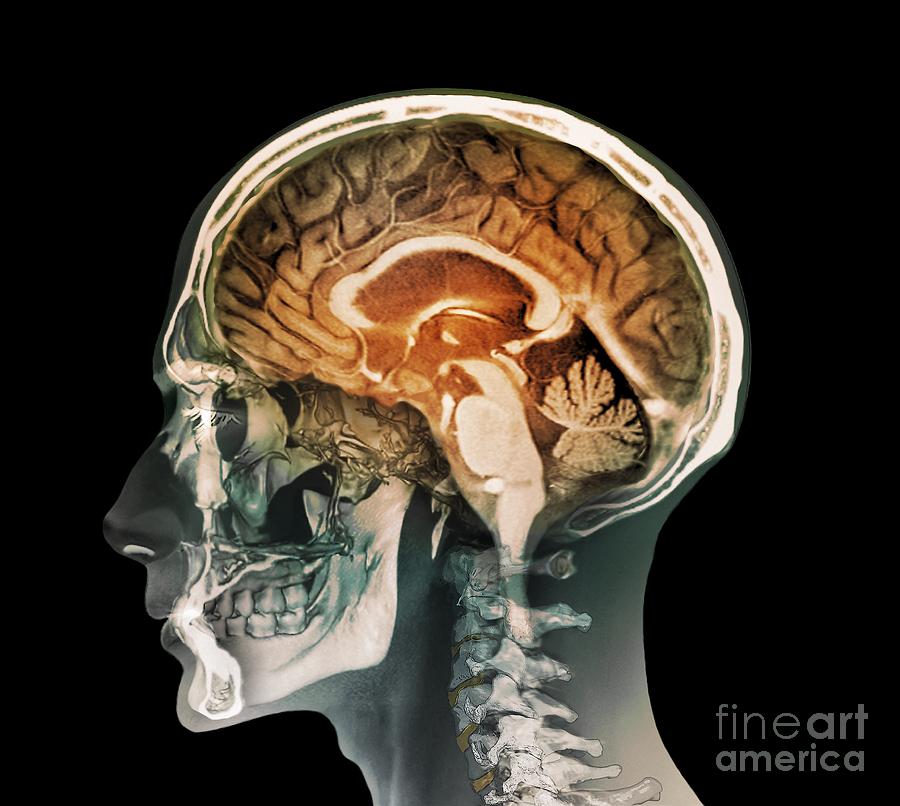
Attention! Self-medication can harm your health, be sure to consult your doctor before taking any medication.
Cluster pains
Cluster pains affect about 1% of the total population of the planet. Interestingly, in 80% of cases, cluster pain bothers men. Her reasons are unknown.
Signs: throbbing intense pain on one side of the head, usually around the eye. It lasts 15-60 minutes and is accompanied by tearing, redness of the eyes, a rush of blood to the head, and a runny nose. Sometimes it can become so acute that the person cannot even talk. Cluster pains occur with uniform time intervals at the same time of day - once a month, a week.
Treatment: Difficult to treat because it comes and goes unpredictably. For prolonged attacks, drug injections and oxygen therapy are used.
Migraine
A possible cause of migraine is brain dysfunction, but what exactly is currently unknown. There is evidence that when a migraine occurs, blood vessels expand greatly, and electrical activity of an abnormal nature occurs on the cerebral cortex.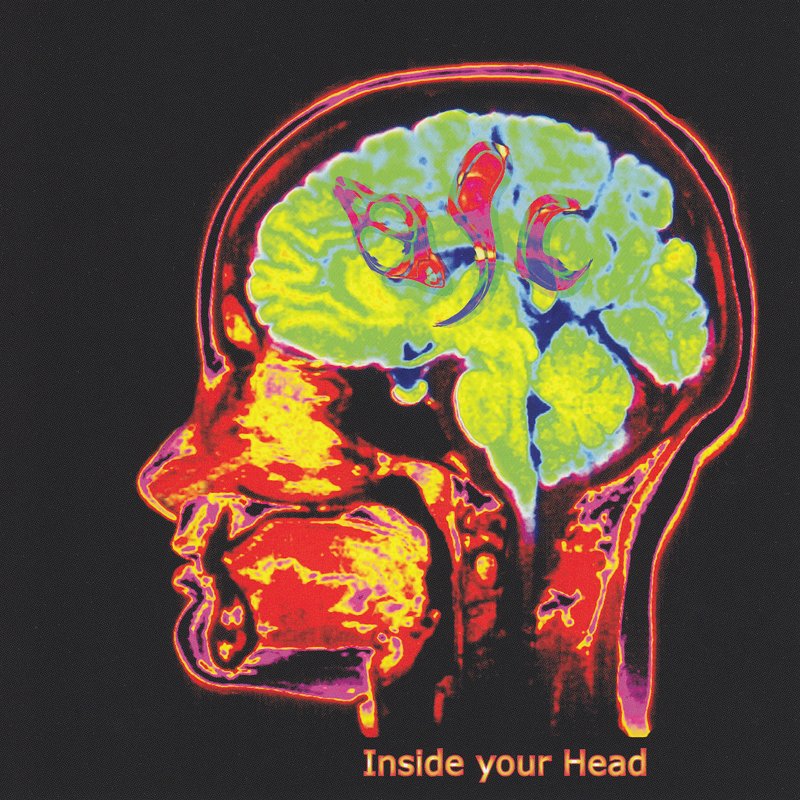
Symptoms: Migraine is a type of headache on one side of the head that lasts from 4 hours to 3 days. A migraine is often described as a stabbing, throbbing pain. Migraine episodes tend to recur and often result in nausea, dizziness, and sensitivity to light and smells.
Treatment: There is no cure for migraines, but prescription medications can help relieve some of the symptoms.
Attention! Self-medication can harm your health, be sure to consult your doctor before taking any medication.
Intracranial hemorrhage
Manifested as increasing, sudden pain in any part of the head after an injury (sometimes symptoms appear after a few hours).
Signs: accompanied by impaired speech skills, vision, coordination, nausea, personality disorders. Symptoms worsen over time, after which the person may lose consciousness.
Treatment: it is necessary to see a doctor who will remove the accumulated blood from the skull so that the hematoma does not press on the brain, thus damaging it.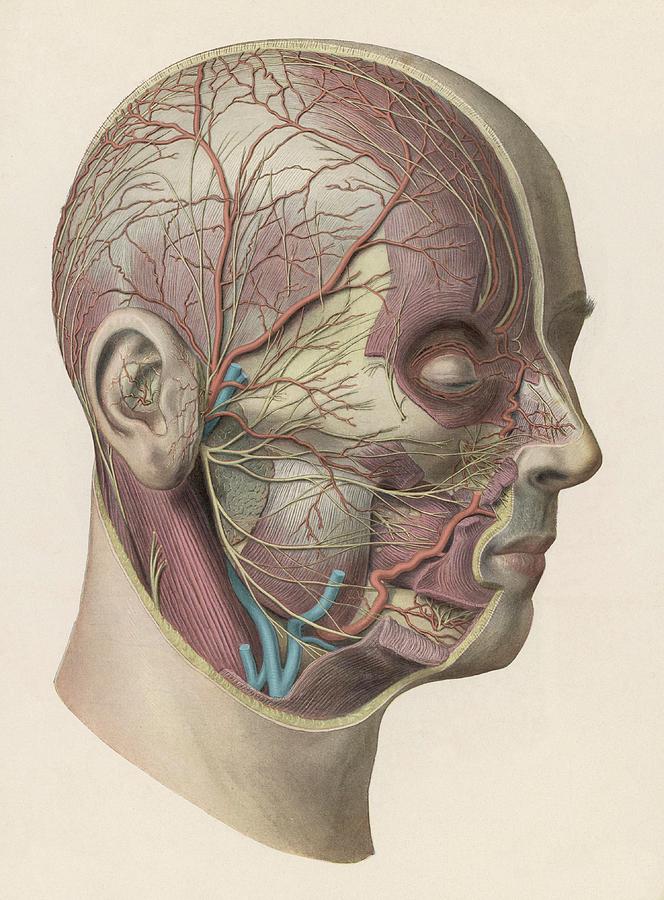 In this field, it is important to find out the cause of the hemorrhage by examining the vessels of the brain.
In this field, it is important to find out the cause of the hemorrhage by examining the vessels of the brain.
Temporal arteritis
Temporal arteritis is common in patients over 50 years of age and can lead to blindness if left untreated. It occurs due to hypothermia, alcoholism, various injuries, uncontrolled medication, attacks of viral infections on the immune system.
Signs: severe headaches occur due to insomnia, weight loss, depression, and the neck and shoulder may also hurt.
Treatment: Steroid drugs are used to stop the inflammation of the blood vessels. With the development of related health problems, it is also necessary to contact doctors of other specialties. For example, with clouding of the lens - to an ophthalmologist.
Brain tumor
If the headache is associated with a brain tumor, which happens in about 4% of cases, it will appear in the morning and be accompanied by vomiting. Similar episodes are repeated periodically and each time they get worse and worse.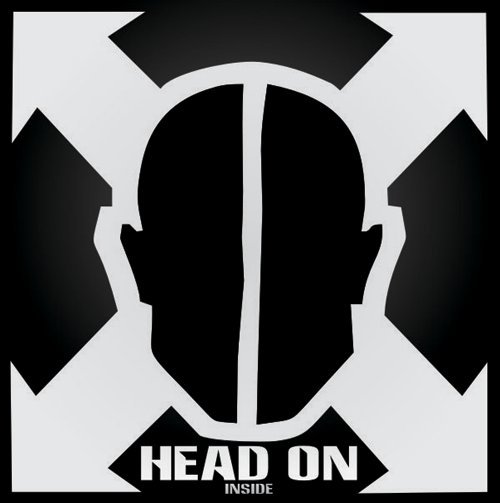 “The brain does not feel pain. There are no pain receptors in the brain. They are present only in the meninges and blood vessels. For example, when a person experiences a headache, it is not the brain itself that hurts, but the tissues surrounding it,” neurosurgeon Oleksiy Eroshkin said in an interview for Doc.ua.
“The brain does not feel pain. There are no pain receptors in the brain. They are present only in the meninges and blood vessels. For example, when a person experiences a headache, it is not the brain itself that hurts, but the tissues surrounding it,” neurosurgeon Oleksiy Eroshkin said in an interview for Doc.ua.
Signs: seizures, sudden weight loss, personality changes in such cases become an occasion to undergo a brain examination.
Treatment: depends on the size, location and type of mass.
Hangover headache
Hangover headache is caused by alcohol dehydrating the body, which is one of the causes of migraines. In addition, alcohol dilates the vessels of the brain and disrupts the functioning of serotonin (a substance through which electrical signals are transmitted from one nerve cell to another).
Symptoms: Alcohol makes people need to urinate because it suppresses the production of a hormone called vasopressin. This hormone affects the body in a variety of ways, affecting the ability of the kidneys to reabsorb water.






